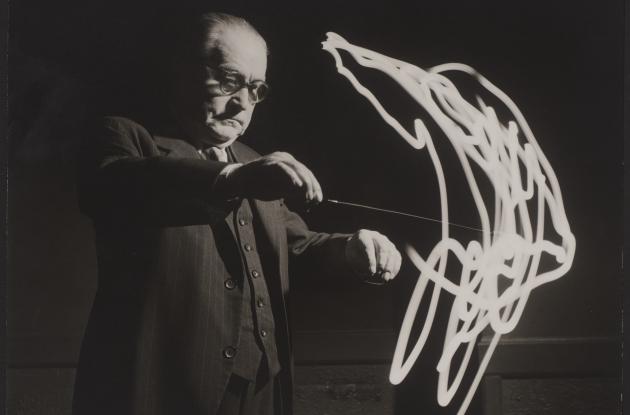Jacob Gade and “Tango Jalousie”
In 1894, a boy left his childhood home in Vejle. With a violin under his arm and a dream of something bigger, he headed for Copenhagen. Years later, he composed one of the world's first radio hits.
When the young violinist wandered around the city, from one sleazy pub to another, no one would have predicted that the whole world would become familiar with the sound of Jacob Gade. But still, the story of Gade is a story about how a young pub musician with big dreams became a world star. At the same time, it is a story about a total upheaval in the music industry.
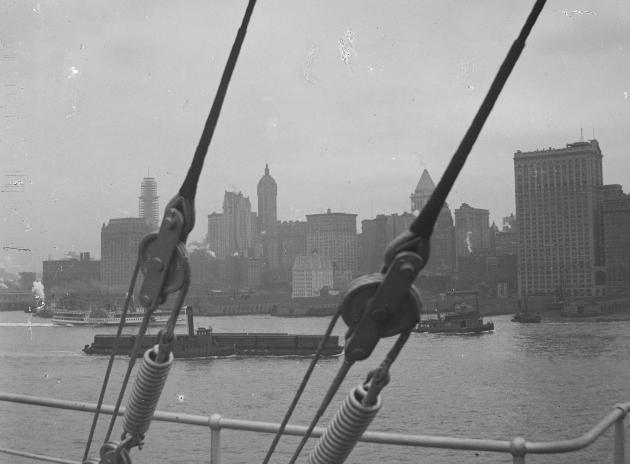
Photo: Lars Peter Elfelt (1866-1931)
From Vejle to New York
As the son of a fiddler and a violin salesman, Gade had learned to play the violin at an early age. As a child, he played in his father's orchestra and performed at various events in the Vejle area. However, the young musician dreamed of something much bigger, and now he found himself in a strange city on the other side of the country.
Jacob Gade worked his way up from working in the city's pubs; first a summer job at a public bath, then a job at a venue and a series of jobs at orchestras around the city. But Gade's dreams were even bigger. So he packed his things once again and travelled to the great United States.
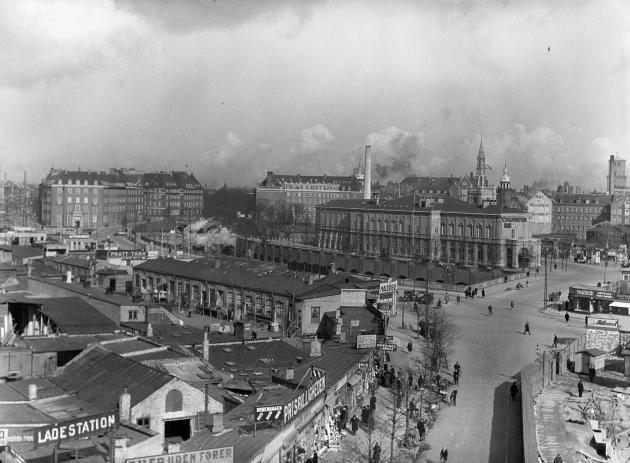
Photo: Jonals Co.
Here Gade got a job with the Capitol cinema's symphony orchestra. The films shown in the cinemas were silent films, so musicians sat in the cinema halls and played while the moving images unfolded on the screen. In the small cinemas there might be a single pianist, while the films were brought to life by orchestras in the large cinemas.
In 1921, Gade returned to Denmark, now with additional experience. This experience secured him a position as leader of the Paladsteatret orchestra.
The radio hit "Tango Jalousie"
Over the years, Gade told many great stories about how his various melodies came to be. He told Jyllands-Posten in 1948 that “Tango Jalousie” came about on a walk by a summer house in Tisvilde:
““[...] one day, when I was going for a walk, it occurred to me that there was a certain impact in the word Jalousie (Jealousy). [...] back then I always associated the word Jealousy, eroticism, and such nonsense with music. Well, I repeated the word Jealousy to myself, and then the melody began to emerge. When I got home, it was finished. [...] and... well, that's all. Not a particularly dramatic story.
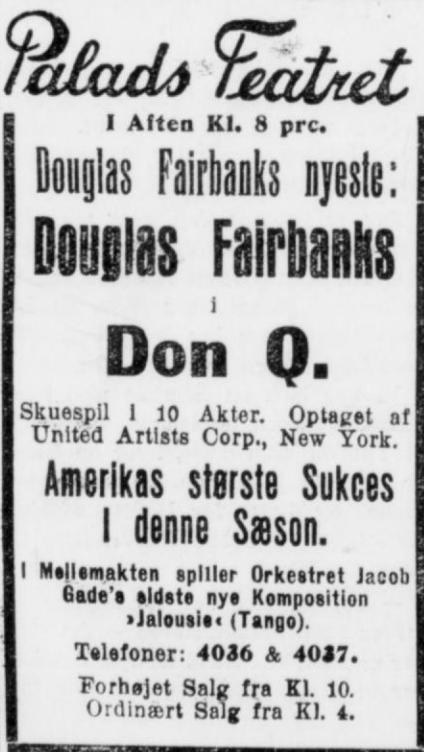
Photo: Klokken 5, 14. september 1925
Whether it was entirely true, we will probably never know. But we do know for sure when the melody was first played to the public.
It was 14 September, 1925, at Paladsteatret for the Danish premiere of the new cinema film “Don Q” in 1925. However, not during the film itself, as many have since believed. “Tango Jalousie” was played during the break, when the film operator changed reels.
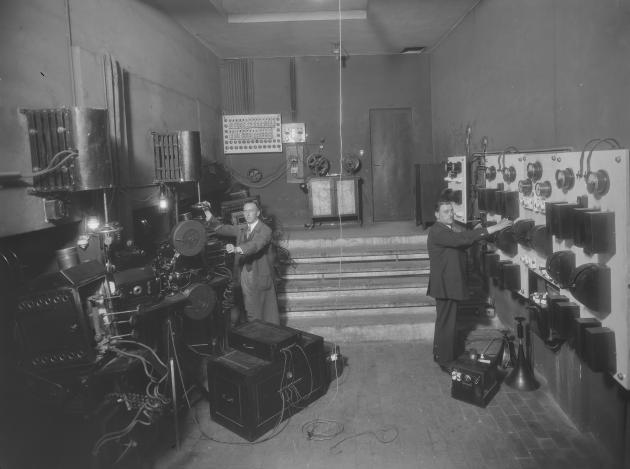
Photo: Lars Peter Elfelt (1866-1931)
Gade had previously made a name for himself with the tune "Maggiduddi og jeg" (Maggiduddi and I), and he was a well-known name on the Danish music scene. Therefore, it was advertised in the newspapers that he would play his latest new composition in the interlude to "Don Q".
“Tango Jalousie” was met with a standing ovation and requests for an encore. So Gade played again. As a result, the record sold enormously well by the standards of the time. That was the beginning of the melody – but like the composer himself, it would travel far and wide.
The sheet music was sent to London to be recorded as an electrical recording, because the equipment for such a recording did not yet exist in Denmark. That was something completely new. Until then, the sound had been recorded through a funnel. But the electrical recording brought the microphone with it.
Popular music researcher Henrik Smith-Sivertsen
Senior researcher Henrik Smith-Sivertsen from Royal Danish Library's Special Collections researches, among other things, the history of the Danish music industry. Thanks to the digitisation of newspapers and radio playlists, among other things, he has been able to uncover a number of new perspectives, and these are the basis for this text.
Gade was first and foremost a violinist, so naturally “Tango Jalousie” was written for the violin. Before 1925, the sound of the violin could not be recorded because the vibrations could not be properly captured by the funnel. The microphone and electrical recording revolutionised the music industry, and at the same time it was the first time that one could really hear beautiful violin playing on record.
The timing of “Tango Jalousie” was perfect. It coincided with the Danish government’s decision to try a state radio station – a single radio station that would have a monopoly on radio broadcasting in Denmark. The melody was first played on Danish radio on 17 October, 1925. However, not in the recorded format. In the early years of radio, orchestras were used to play, and only slowly was live music replaced by recordings.
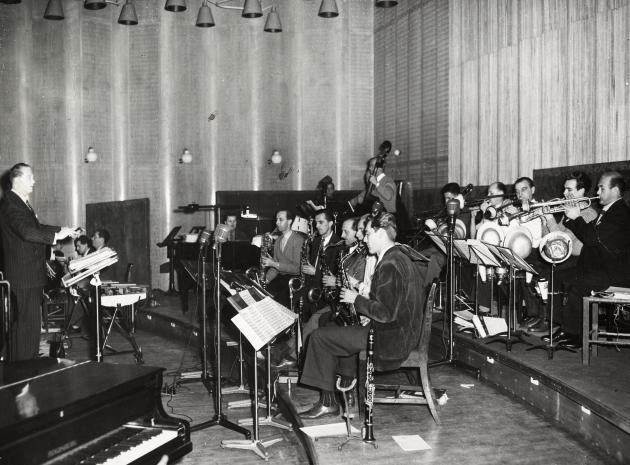
Photo: Associated Press (1846-)
“Tango Jalousie” was played in dance broadcasts, which meant that people no longer had to go out into the city to dance. They could now do it at home in their living rooms. That was another reason why the melody had such a huge impact. The tango had originated in the 1880s, and it was a popular dance in the early 1900s. However, there were not many tangos that could be played on Danish radio. That is why Gade's “Tango Jalousie” was often on the radio programme. The same applied to radio stations in the rest of the world, because the melody spread quickly - not least to the USA.
In the United States, a completely different radio race was taking place. There was a free market with several radio stations, and therefore America became the centre of popular music. The radio stations competed with each other for listeners, and they were therefore dependent on hits. “Tango Jalousie” became one of the first and biggest.
The Aftermath: Paper and Money
Gade had published “Tango Jalousie” under his own publisher. Like all other composers, he had noticed that he only received a percentage of the income from his works. Therefore, he chose to let the contract with Wilhelm Hansen, the country's leading music publisher, expire. By printing the sheet music himself, he could keep a much larger share. Unfortunately, he made one of the most expensive mistakes in Danish history.
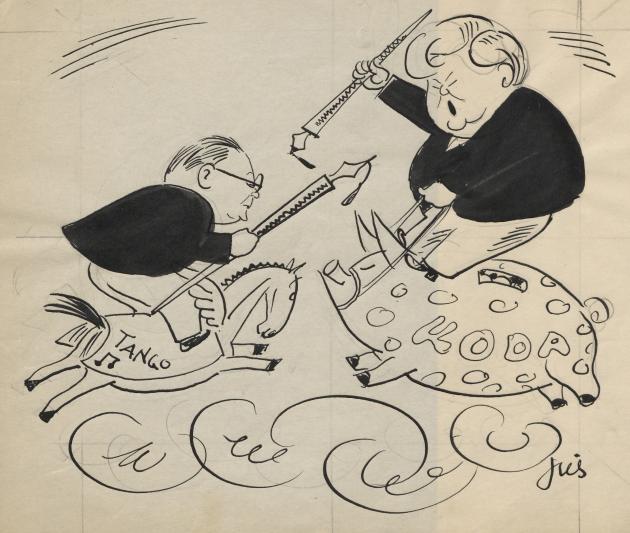
Photo: Herluf Jensenius (1888-1966)
When he stood on stage at the Paladsteatret that evening in 1925, the contract with his former publisher had not yet expired. It did not happen until the following day. So, Gade only had to wait one day, and then he would have been free from the contract with Wilhelm Hansen. The fact that he had also sent the sheet music to England a few weeks beforehand did not make matters any better. So as the tango danced its way out into the world, a rights drama developed that would last for the rest of the century.
In connection with a lawsuit over the rights to the tango, Gade travelled the world again in 1936 to find out how popular his melody really was. It was only then that he found out that he was a celebrity on the other side of the Atlantic and that he should have been very rich.
Over the next few decades, “Tango Jalousie” remained on the American charts for extended periods and was frequently used in films. But it was a long time before Gade saw the money his melody had earned him. He was unable to travel to the United States during the war that had broken out in the meantime, and his attempts to raise awareness of his problem back home in Denmark were not very successful.
In 1949, Gade finally set off west once more. Now he finally succeeded. Gade took home $80,000 - the equivalent of almost 12 million DKK today. He settled near Assens on Funen and continued to write music, now with financial security and peace of mind.
““When I was young I always spent more than I earned. I don't anymore, but I honestly don't feel the need to travel the world and live a life of luxury. I can get full every day, and I have a nice bed to lie in... and I don't think I've ever - seven - nine - thirteen - been sick in my life. Can you really ask for more?
